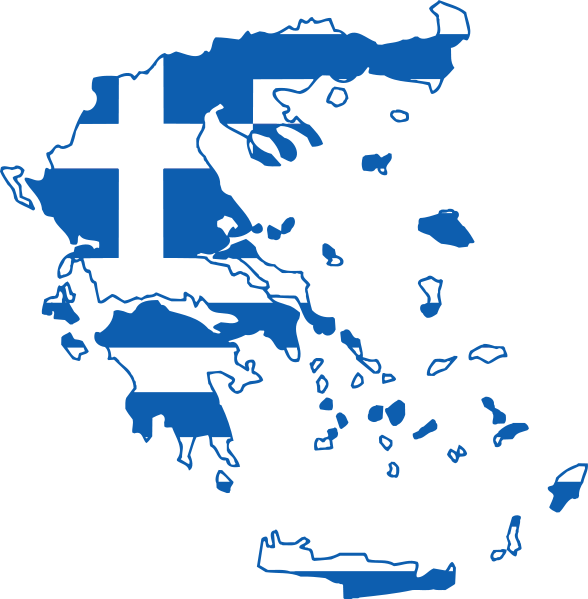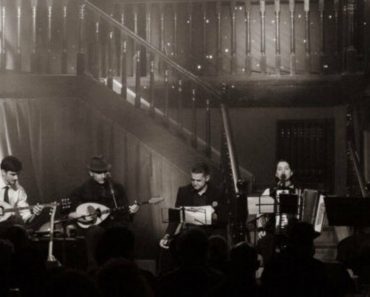If news of Finale’s demise had you pondering what notation is for – and who it’s for – those are the right questions to ask. And yes, there is a world beyond Common Western Notation.
Part of the original appeal of tools like Finale and its ilk was that they built in basic expectations about musical practice and engraving rules. This allows the software to save time when configuring how music is input, represented, and flowed across pages.
Now, anyone who has supported actual music software customers knows nothing is truly standard about this, even in common Western practice. A lot of people will say, “My needs are really basic.” Very often, no two people really have the same “basic” needs – even if you talked to an elementary music teacher, a band leader, and a songwriter. So, the challenge of any notation tool is to be a catch-all for a wide variety of users. Then, you try to simplify that presentation based on how features are related.
The default commercial presentation for these tools heavily emphasizes Common Western Notation (CWN) – think staffs, key signatures, time signatures, and beaming. Previous critiques of colonialism in music and music theory hold here because those tools all evolved in Western Europe and, typically in music software, represent a snapshot of practice that’s fairly centered on the 19th century, with a handful of 20th-century notational tricks thrown in.
That doesn’t necessarily mean these tools can’t be adapted to other musical practices. A lot can be accomplished with font substitutions and special characters. Some of what these tools do – laying out lines of musical notation and flowing across pages – still work even if you toss the time signatures, staff, and note representations. That still assumes you want something that runs left-to-right (throwing out right-to-left cultures), and at some point, if you’re really hiding everything, you just want a page layout and illustration tool instead.
Other systems require specialized tools. Or you’ll find tools that are localized to specific languages and come with various extras for local musical practice.
Once again, Jon Silpayamanant has a wonderful list on his site Mae Mai. An extra reason to share this again, too, is that there are a number of broken links. I hope readers might suggest more that he missed.
This just got an update yesterday, so it’s worth perusing again. It covers everything, including dedicated tools (as downloads and sites), hybrid environments, and specialized fonts:
Non-CWN Music Notation Software
As Jon observes, “Indigenous and hybridized notation programs are becoming more common as regions outside of the West embrace their native art music traditions and the notation systems that evolved alongside them.”
The variety is astounding. There’s TropeTrainer, a comprehensive online tool for learning Jewish tropes, suitable “whether you are a professional in the field, a b’nai mitzvah tutor, a b’nai mitzvah student, someone who chants Torah, or someone who just wants to learn how to chant ancient texts.” (While music practice is not universal, presumably the claim that any given music technology is for everyone is.) There’s the Persian-specialized Farabi Composer.
Here’s mus2 for Turkish music – in this case, using an adapted Western-style score but with many specialized tools. The representations you could duplicate in tools like Dorico, but I’m less sure about playback and some other niceties:
You’ll find a surprising number of ancient Greek tools – or what MakeMusic would have called Finale600BC – plus chant practices from Armenia to Znameny. And, you know, if you have to learn a new notation tool, you could always learn a new notational system while you’re at it. Byzantine notation and its associated tuning system are still used today in a wide variety of locations, though the primacy of the Greek Orthodox church means a lot of these tools are in Greek.
I like Jon’s description of some of these environments as “hybrid”—and that this reveals what we mean when we talk about “colonial” music software. This isn’t just some abstraction: literally, the process of colonization includes colonizing music education and can rewrite local practice in Western notation, tuning, instrumentation, and so on.
Then, there are hybrids of hybrids of alternatives. In Bali and Java, one way of notating gamelan music is with the Kepatihan cipher notation system. Central Javanese composers I know have used this. Its origin is in 1900 Surakarta, but it was based on the French (hey, not Dutch, at least) Galin-Paris-Chevé system which in turn was inspired by Ramueau. That system also spread to China, where it evolved into Jianpu, which also became an easy way of spreading music online since it translates easily to ASCII. For that reason, you’ll find some keyboards in the list that support Chinese and Javanese and other numbered music systems.
Apart from researching the complexities of all of this historically, just finding files is a bit of a media archaeology and Internet spelunking adventure. For instance, I know the Kepatihan Pro font, but various links are now broken. At the moment, it’s available from the American Gamelan Institute (and some key Indonesian gamelan composers now reside in the USA):
http://gamelan.org/library/index.shtml#Fonts
And there’s also a new font with more characters called Kridhamardawa. That’s also got some broken links floating around; you’ll find a download in this article announcing the font (in Indonesian, scroll to the bottom):
Keraton Yogyakarta Luncurkan Font Baru Untuk Notasi Gendhing Gamelan
Sundanese music apparently works with this, too, but flips the relationship of pitch and number.
Here’s an explanation of China’s Jianpu, although interestingly, there’s a lot of work translating some common Western practices back into the cipher system, which, as far as I know, actually originates in China, not Europe:
This person is definitely not Chinese, but you can see this in action in English:
It’s not just about recognizing other notational systems across cultures. There’s also a section on Jon’s site on Braille systems. The free MuseScore has a system for Braille – ironically, a commenter on a thread on Facebook I was reading just bought Finale for this use case:
CWN should not be used interchangeably with “European,” either. Europe the continent has a lot of localized and indigenous practices, for one. Notation from the Renaissance and earlier differs even in this line of musical evolution in western church music. (I do mean western church – see the Byzantine below, for one example, so “Western” can mean both in terms of the church schism and the cultural sense.) And you can also consider so-called “extended techniques” and graphical notations added to concert music practice.
But that being said, re-centering on other localities, traditions, and indigenous musics is essential. Given this planet’s current migration, your neighbor may have a totally different musical background than you do.
And yeah, to anyone saying this site’s position is “woke” – indeed. I’m keeping up with all the latest trends, from early 1900s China to maqams and the 15th-century theorists al-Sheikh al-Safadi and Abdulqadir al-Maraghi and 6th-century Greece.
No, look, the incredible thing about recent colonization is that it so often has erased knowledge rather than spread it, or produced racist ideas that devalue knowledge. And I think we underestimate how connected the world of the past was – al-Maraghi, for instance, spread across a huge chunk of southwest Asia and Asia Minor.
So the Internet is at its best – thanks to sites like Jon’s – when it allows us to diversify information again. Now help us add more and patch some 404s. This task is way too layered, esoteric, and specific for AI to handle. We need your intelligence.







